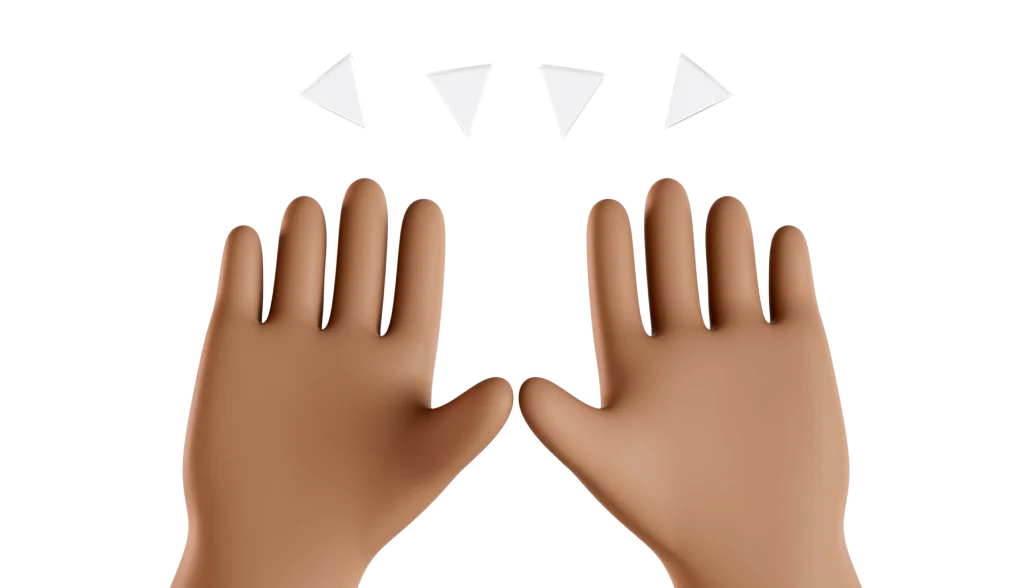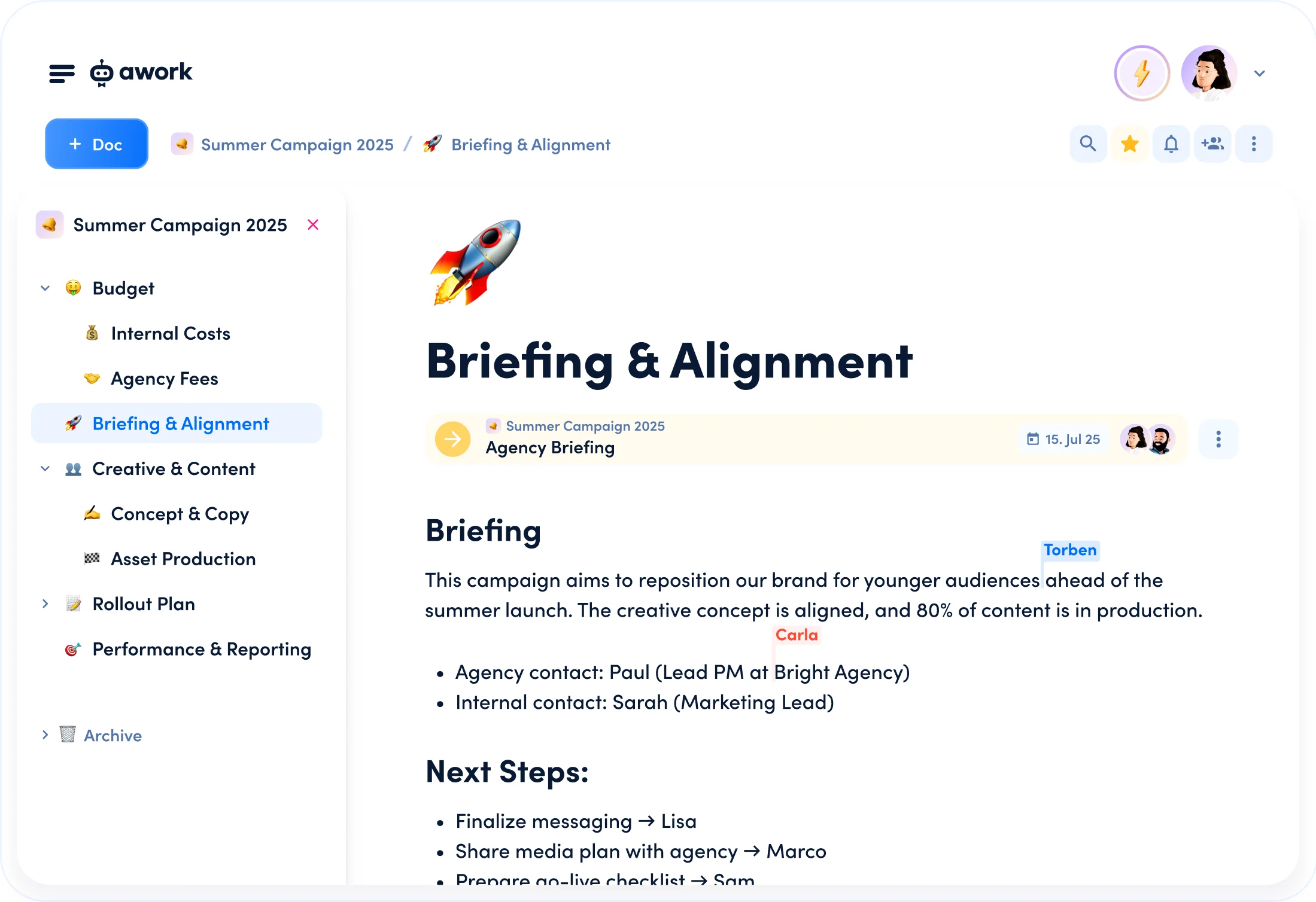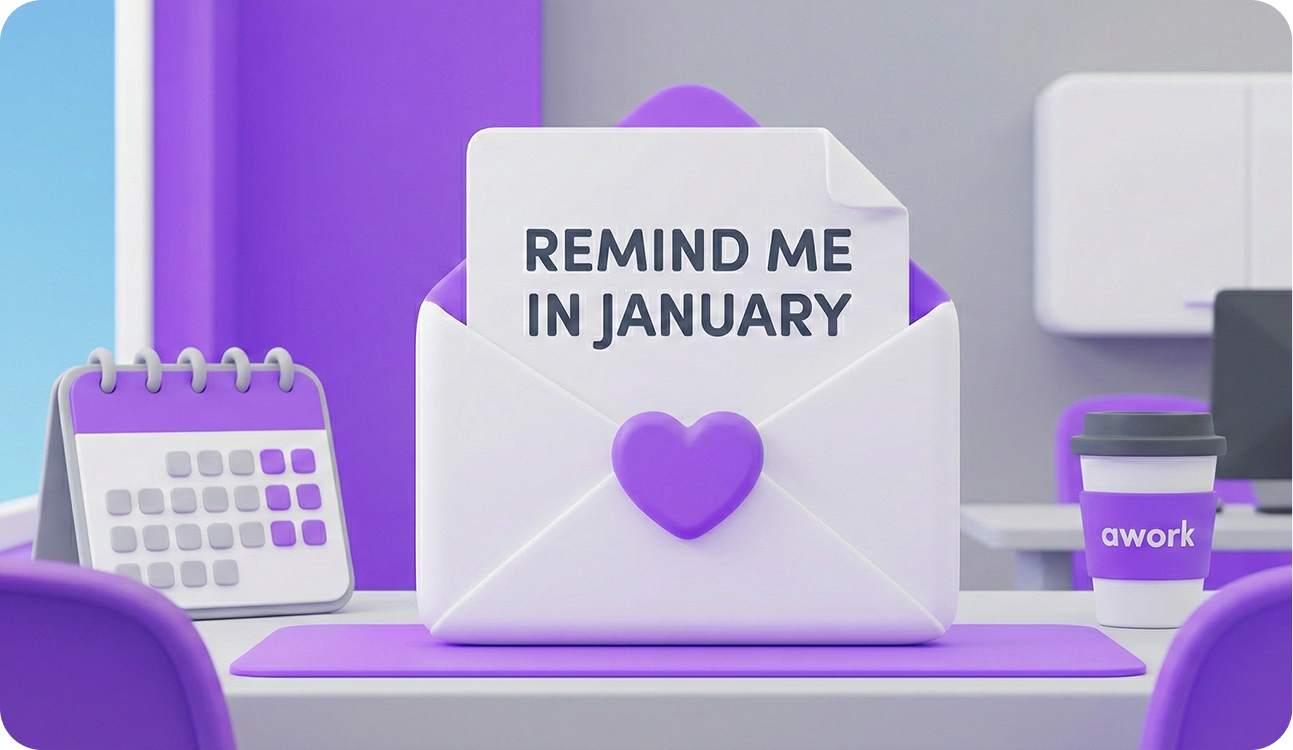







How-to:
Keep all projects, tasks, resources, and time entries up to date in a single, central overview. This way, progress and workloads are always visible to the entire team.
Example:
At thjnk, one of Germany’s largest creative agencies, regular meetings are key to maintaining an overview, planning realistically, and staying adaptable. They prefer to plan in larger units rather than micro-tasks, to avoid getting bogged down in detail and to keep rescheduling to a minimum.
“We mainly plan for the next one to two weeks and discuss all important decisions in regular planning meetings – this way, we always keep track and stay flexible.”
Olaf Heinrich, thjnk
How-to:
Take workload, absences, calendar entries and individual skills into account when allocating tasks. Plan so the team’s workload is fair and overload is avoided. Make sure time is tracked accurately.
Example:
At PHOENIX Design, there are no fixed project teams. For each new project, a suitable team is dynamically assembled based on skills and availability. Having a precise overview of the team’s workload is essential, allowing project teams to be put together flexibly.
“Success depends on everyone maintaining their tasks accurately and tracking their hours – only then does the plan reflect reality and support well-founded decisions.”
Daniel Windelband, PHOENIX Design
How-to:
Set out clear roles, responsibilities and milestones for each project. Use regular check-ins to stay on track and adapt quickly if things change.
Example:
At Jung von Matt, project teams are specifically staffed and clear roles assigned from the outset. Regular meetings and sub-teams help keep everything on course.
“We work with an internal operating model to staff project teams and assign different roles and responsibilities from the start. Depending on their role, team members come together in different constellations and frequencies in project meetings and lead sub-teams.”
David Giesen, Jung von Matt
How-to:
Create shared workspaces, central documentation and direct communication channels for internal and external collaboration. This ensures knowledge is retained and everyone is kept informed.
Example:
PR agency getpress relies on direct, straightforward communication for fast collaboration:
“We don’t see ourselves as a service provider, but as a partner on an equal footing – and that’s how we want to work: seamlessly and based on trust. A lack of communication quickly becomes a blocker for good PR results. Simple and fast communication is therefore super important, ideally via dedicated tools.”
Melissa Wagner, getpress
How-to:
Choose a tool tailored to agency needs: central planning, capacity management, collaboration, time tracking, documentation and reporting all in one place to streamline processes and save time.
Example:
Many agencies combine tasks, capacity overviews and communication in one project management tool for agencies – this avoids duplicated work and ensures maximum clarity.
Conclusion:
Transparency, realistic planning, clear responsibilities, effective collaboration and consistent monitoring form the foundation of successful agency planning – and can all be enabled by the right tools.






































Agencies face unique daily challenges: multiple projects running in parallel, shifting teams, last-minute client requests and constant collaboration with external partners. Generic tools quickly reach their limits – they’re often too rigid, too clunky, and simply don’t offer real solutions for agency workflows.
awork is purpose-built for agencies. This means:
In short: An agency tool like awork takes care of the usual organisational headaches, so you can focus on your creative work and happy clients.
Agencies often juggle several client projects in parallel – each with its own deadlines, teams and requirements. In awork, you can manage all projects centrally, track progress in real time and assign tasks clearly. Dashboards and project views instantly show you where each project stands – no more constant chasing or searching for information.
awork is designed to be intuitive – there’s no steep learning curve. With the data importer, you can bring in all your existing tasks and projects from other tools with just a few clicks. Your team can get started right away, and our support is always on hand to help with onboarding or any questions. Most teams are up and running in a couple of weeks, depending on size and your use case.
Unlike generic project management platforms, awork is tailor-made for agencies. You get true capacity planning, clear multi-project control, built-in time tracking and simple onboarding for external partners – all in one place, without expensive add-ons. That means you save time, keep overheads low and can focus on what really matters: your clients and your projects.

I've been a project manager for over 14 years, and it feels like I've been searching for a proper digital solution for just as long. We now found that solution with awork.

The efficient workflows and project-related communications facilitated by awork are undoubtedly the best.

My team is truly excited about awork. We've tested other tools and were not as happy, but now we’ve found genuine relief and support for everyone.

We chose awork because it offers a wealth of features, outshining all the free project management tools while remaining highly flexible. Additionally, it was important to us that our tool of choice receives regular updates.

awork is incredibly intuitive to use. Everyone gets the hang of it right away and enjoys working with it.

Just had a chat with @awork’s support. That’s what I call customer-oriented work – very, very good. And the tool is just as capable!


Try it for free – no credit card required.
We get it – December's chaos. Drop your email and we'll remind you to try awork in January and get your team's projects under control. For an organised start to 2025.


